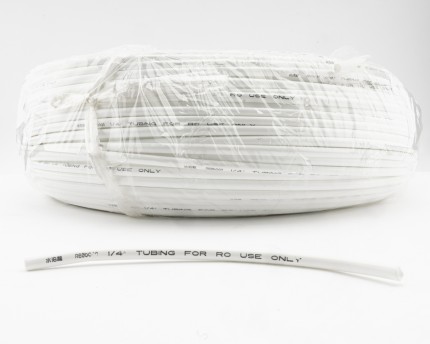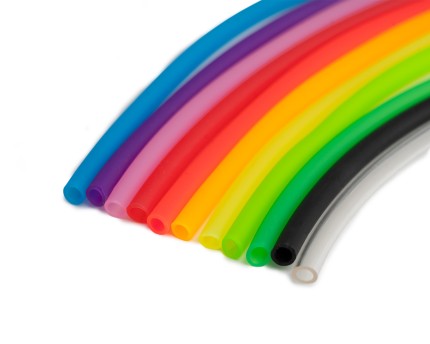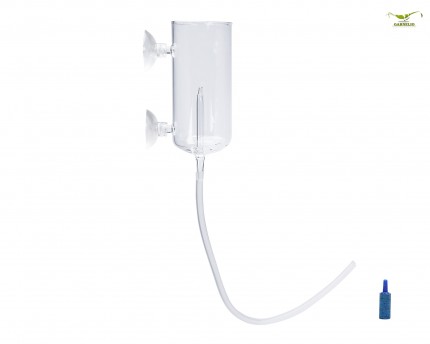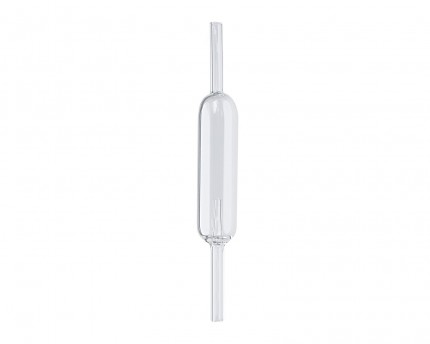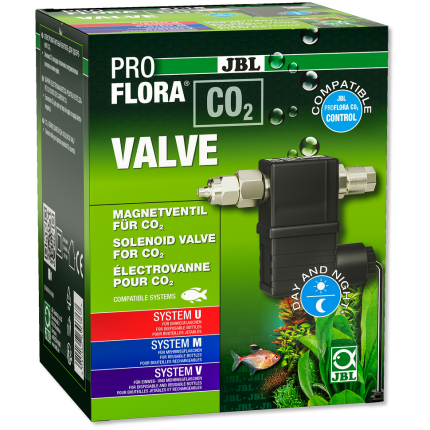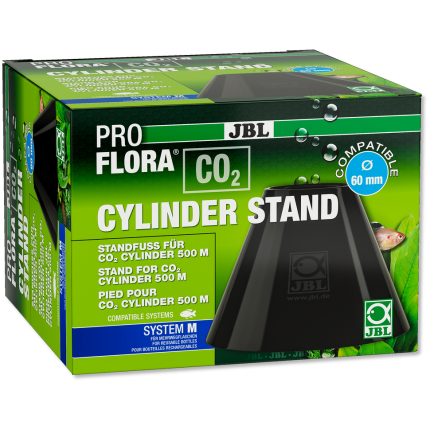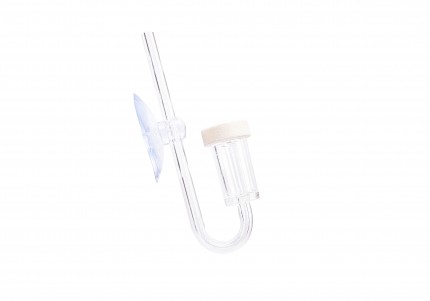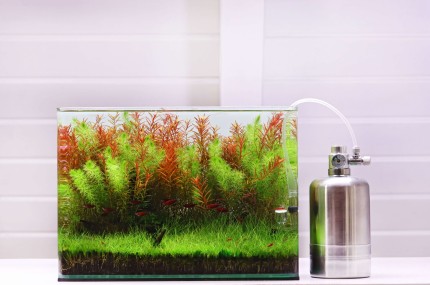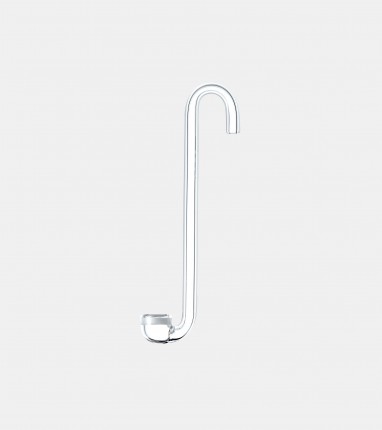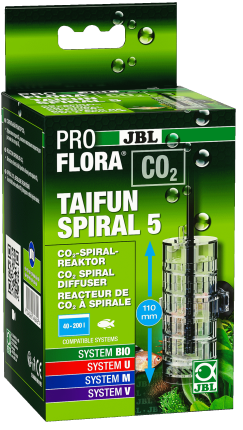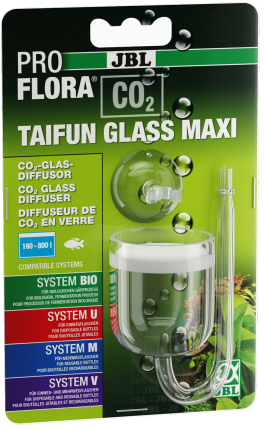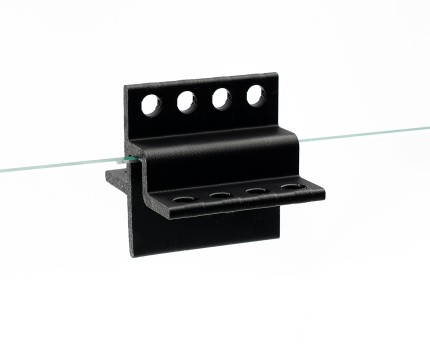Without carbon, there is no plant growth and no photosynthesis. Carbon is not only an important component of plant tissue, the plant also needs CO2 to carry out photosynthesis during the day in the light and thus produce energy and sugar. As a byproduct, oxygen is released, which the animal aquarium inhabitants in turn need to live.
Only the most frugal of aquarium plants will grow reasonably well without an additional supply of carbon dioxide, but even they show much better, healthier growth when supplemented with CO2. Fast growing stem plants and foreground plants that need a lot of light definitely need a good supply of carbon to support their growth.
In addition to the CO2 bottle (either disposable or reusable), you'll need a few things to make fertilization run smoothly.
First, of course, there's the pressure reducer. It reduces the bottle pressure so that only as much CO2 arrives in the aquarium as is good for the system. Here you can adjust how much CO2 is released. It is simply screwed onto the CO2 cylinder.
Then you need a special hose that is gas-tight. Normal air hoses made of silicone or PVC are not CO2-tight and allow some of the gaseous carbon dioxide to escape into the room. Therefore, you need this special CO2 hose to connect your CO2 system.
Pro tip on the side: CO2 hose is relatively stiff. It is much easier to slide onto the connections if you heat it in a little hot water beforehand - this makes it softer and more flexible and easy to attach.
At night, plants do not need carbon dioxide because they do not assimilate and therefore cannot consume it. If you do not turn off the CO2 supply at night, it can cause too much carbon dioxide to accumulate in the water. Then fish, shrimps, crayfish and some snails will not get rid of the CO2 from their blood via their gills, because the CO2 content of the water is too high and the CO2, which they would have to excrete as waste material, does not dissolve. This can get your aquarium animals into serious trouble and even lead to death by asphyxiation. For this reason, it makes absolute sense to have a solenoid valve coupled to the aquarium light timer that cuts off the CO2 supply when the aquarium light is off.
After the solenoid valve, one usually switches a bubble counter into the CO2 hose, which indicates how many bubbles of carbon dioxide are entering the aquarium per minute. This also serves the safety of the aquarium inhabitants. By checking with the bubble counter, you can ensure that not too much CO2 is dissolved in the water. The CO2 bubble counter is filled with water and so you can distinguish the gas bubbles exactly.
The CO2 content of the aquarium water itself is monitored with the help of a permanent test. This contains an indicator liquid which is in contact with the CO2 of the aquarium water via an air bubble. It changes color from blue (too little) to green (optimal) to yellow (too much) depending on the CO2 content. Please note that the indicator needs two to three hours to adjust.
The CO2 then enters the aquarium via the so-called flipper. Here the bubbles are led upwards via a long zigzag-shaped pipe. They are in constant contact with the aquarium water, and so the carbon dioxide gas can dissolve well in the water and is then available to the aquarium plants. The CO2 Flipper is attached to the aquarium wall with the included suction cups.

